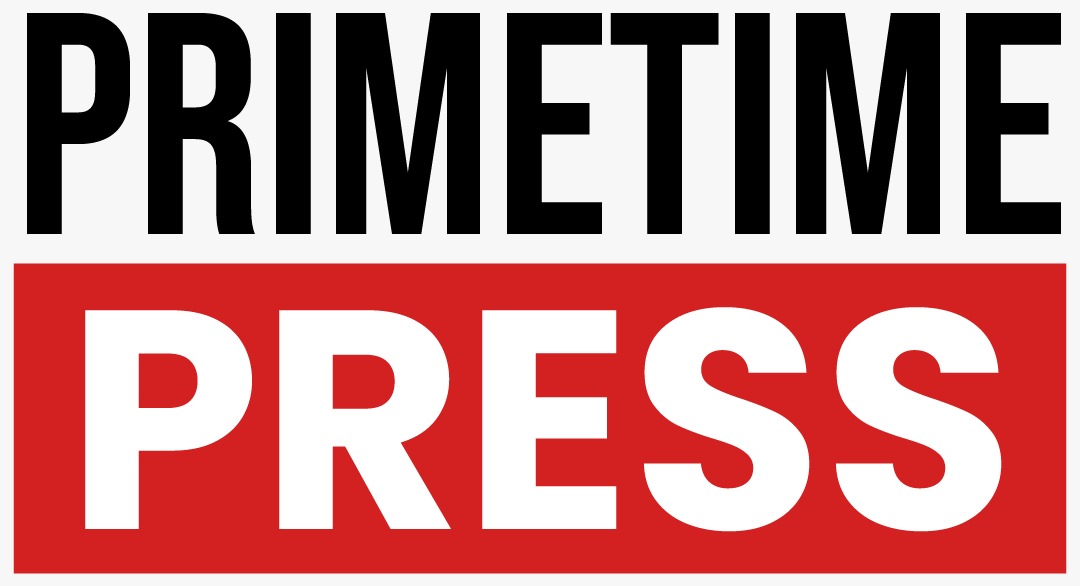Unanticipated Eurozone Growth Amid Global Trade Uncertainty
In a surprising turn of events, the eurozone economy grew by 0.4% in the first quarter of 2025, surpassing economists’ expectations of a 0.2% increase. This growth comes despite ongoing global tariff tensions that cast uncertainty over the region’s economic outlook.
Economic Performance by Country
Results released by Eurostat highlighted various performances across member states:
- Germany: The largest economy in Europe registered a growth of 0.2%.
- France: Experienced a modest expansion of 0.1%.
- Spain and Lithuania: Both countries saw impressive growth rates of 0.6%.
- Italy: Reported an increase in economic output by 0.3%.
- Ireland: Notably surged by 3.2%, influenced by its significant multinational presence.
Expert Insights on Future Growth
Franziska Palmas, a senior economist at Capital Economics, indicated that while the eurozone’s growth at the start of 2025 was promising, it may not be sustainable. Palmas noted, “Nevertheless, we still expect growth to slow sharply in the next six months as the US tariffs introduced in April will hit activity.”
Market Reactions and Interest Rates
The euro experienced fluctuations following the GDP announcement, trading 0.08% lower against the U.S. dollar and 0.2% higher against the British pound. Meanwhile, Germany’s 10-year bond yield, which serves as a benchmark for the euro area, decreased by three basis points.
Despite the challenges, the European Central Bank (ECB) has been reducing interest rates to stimulate economic activity. The deposit facility rate has been lowered to 2.25%, down from a high of 4% in mid-2023.
Long-term Economic Projections
In their March assessment, the ECB projected eurozone growth to reach 0.9% in 2025, although this forecast may be adjusted in light of new data expected in June. ECB President Christine Lagarde highlighted ongoing challenges, stating, “the disinflationary process is so much on track that we are nearing completion… but there are shocks that would dampen economic growth.”
Trade Tariffs and Economic Sentiment
The eurozone faces 20% trade tariffs imposed by the U.S., leading to increased concern among policymakers regarding economic performance. Although the EU has delayed retaliatory actions, the tariffs on steel, aluminum, and automobiles continue to pose significant challenges.
Recent data has shown a decline in economic sentiment within the euro area, reaching its lowest point since December 2024.
Inflation Trends
While economic growth remains subdued, inflation in the eurozone is nearing the ECB’s target, with the March rate recorded at 2.2%. Upcoming inflation data is anticipated later this week, providing further insight into the economic landscape.

